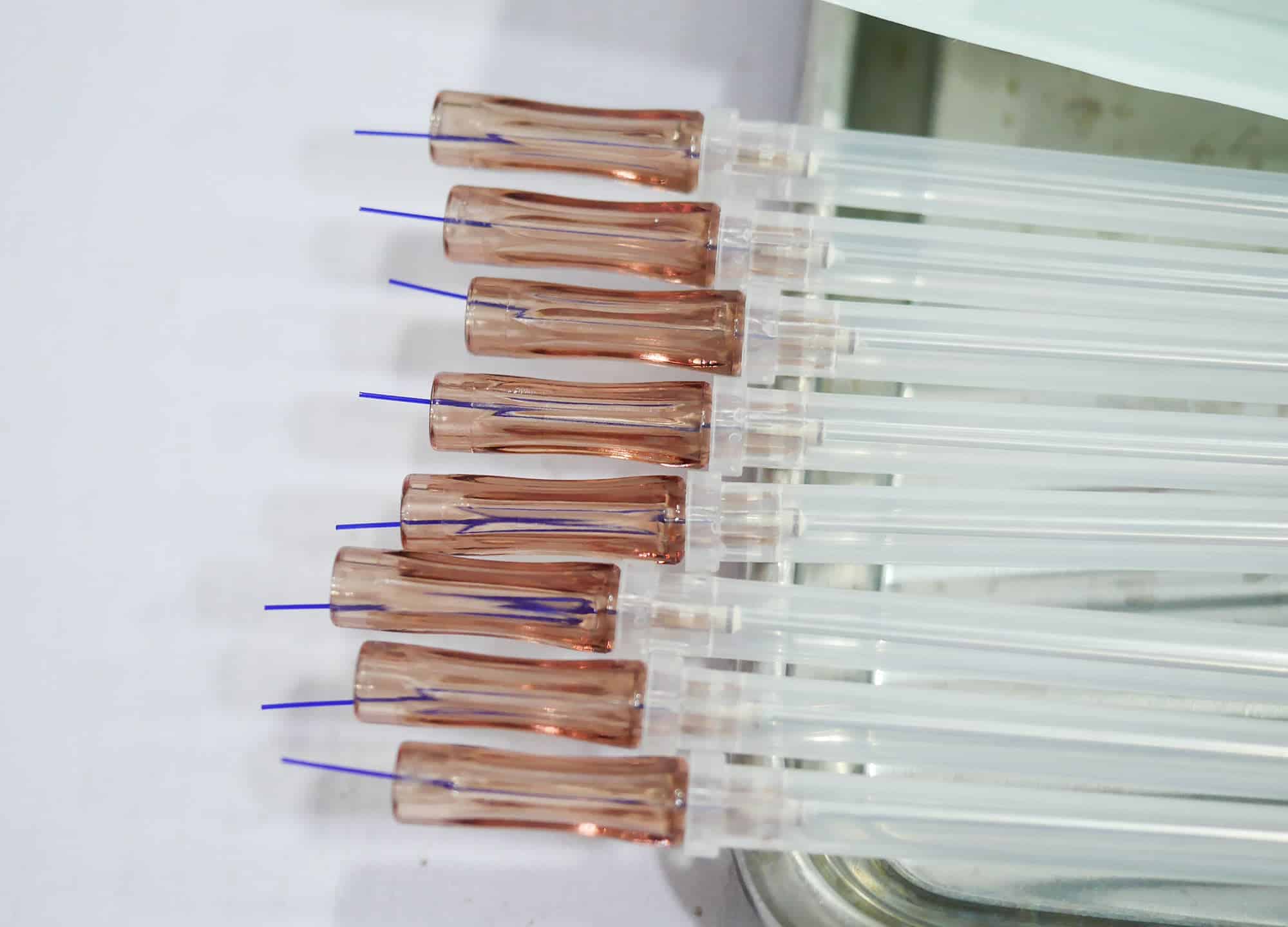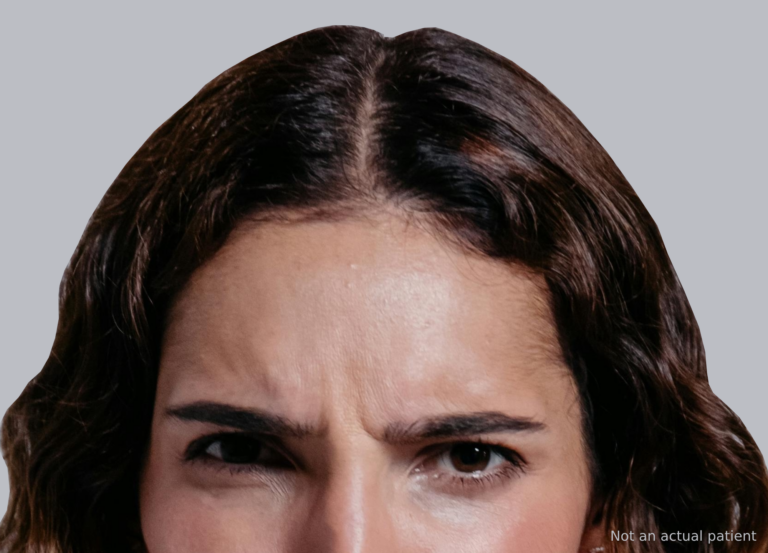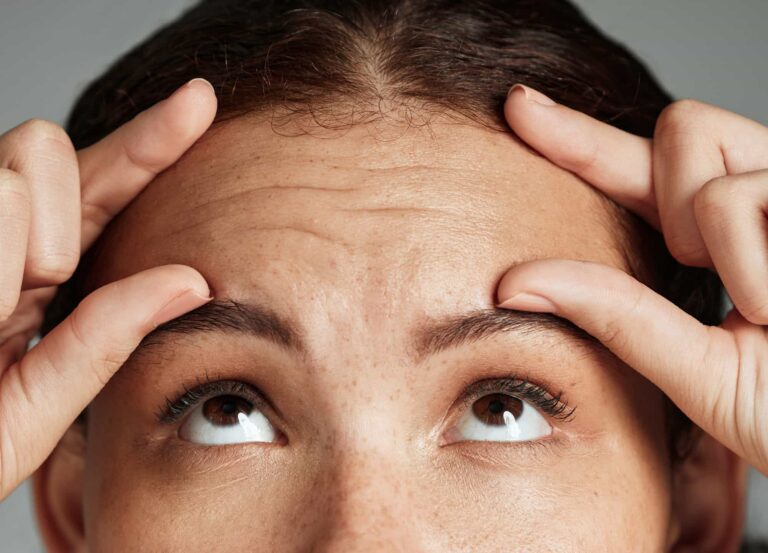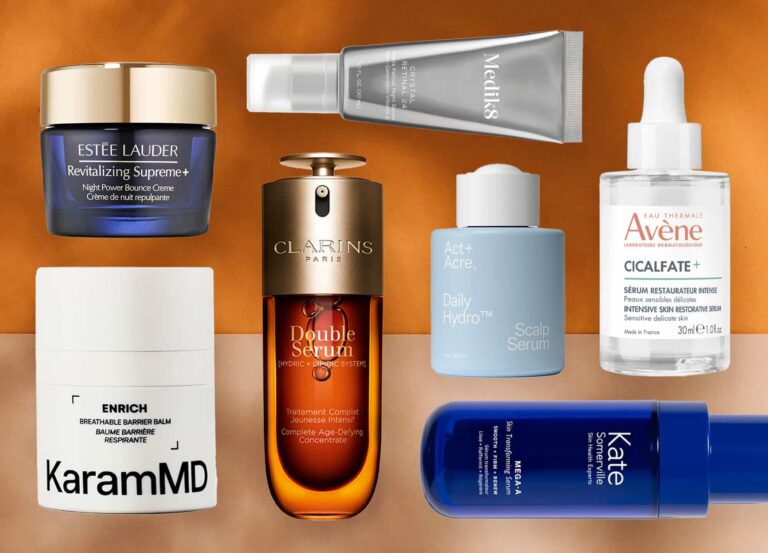If you ask content creator Nikki Gibson Mayne how she looks so fresh-faced at age 55, she’s glad to share one of her secrets: thread lifts. For months, Gibson Mayne has been using PDO threads to perk up her skin. The absorbable threads, inserted through and beneath the skin, aim to lift sagging skin and trigger collagen production—and, according to devotees, they produce quick results. “I have seen significant improvements in my fine lines, especially around my lips, under my eyes, and in my nasolabial folds,” she says.
Unlike the majority of people who use PDO threads, Gibson Mayne doesn’t go to a medical office for her treatment. Instead, she does them herself at home, ordering supplies online from South Korea and meticulously threading the dissolvable sutures beneath her skin. As part of the small but growing do-it-yourself beauty community, Gibson Mayne is entirely self-taught, having studied medical textbooks and viewed online training videos by doctors. “After my extensive research, I decided to practice with the smallest threads under my eyes, above my lips, and under my chin,” she says. “Like anything, the more I practiced, the more confident I felt about using longer threads and needles.” Today, she shares videos of her DIY threads and other aesthetic treatments for her YouTube channel, Skin Deep Beauty.
Though PDO threads have been around for years, they’ve become a beauty phenomenon in the past year, with Google searches more than doubling since November 2020. Perhaps it’s because PDO thread lifts present a tantalizing possibility: a smoother, more lifted visage without going under the knife. And for DIY aficionados like Gibson Mayne, the DIY route offers a way to get those results without paying thousands of dollars in a medical office. “I love being empowered to take care of my own skin and do these procedures on myself, in the comfort of my home,” she says.
While the DIY beauty community is enthusiastic about at-home PDO thread treatments, doctors are alarmed. “Doing any kind of manipulation on or under your skin, by yourself, generally, is a bad idea,” says Dr. Ben Talei, a board-certified facial plastic surgeon in Beverly Hills, California. “The chance that something good would happen is almost zero.” Dr. Talei says that placing needles into one’s face poses the risk of hitting large-caliber blood vessels, which can cause vascular problems.
Still, that’s a minimal risk compared to infection. Threads, like any other treatment that pierces the skin, create the potential for bacteria to enter—and remain there for the lifetime of the dissolvable thread or beyond. “The idea of someone doing this in their bedroom or a bathroom is really horrifying,” says Dr. Sarmela Sunder, a board-certified facial plastic surgeon also in Beverly Hills. “In an office environment, some people do threads in a procedure room rather than in an exam room, because the procedure room is going to be more sterile than an exam room. There’s no way that people are doing it sterilely in their homes.”
The effects of infections are certainly not pretty. Prolonged scarring, tissue loss, fat loss, or cratering in the skin are all potential complications. And when infections happen, Dr. Talei says, many people assume a doctor can fix the problem. “That is magical thinking,” he says, noting that complications are extremely difficult to address, even with antibiotics or surgery. “If you get an infection in your face that’s causing an abscess, you will have permanent damage there. If you have an abscess, your face is going to eat the tissue that’s around it. There’s a very low chance that your body would regenerate back to normal.” Dr. Gary Linkov, a board-certified facial plastic surgeon in New York City, agrees. “The procedures to remove threads are sometimes more traumatic than the procedure to place them,” he says.
Consider too the caveat-emptor nature of the internet: Are the threads bought online legitimate and FDA-approved? “You don’t really know what you’re putting in there,” Dr. Sunder says. “It could be real threads that are FDA-approved, that are now three years expired, and so they’re going to disintegrate in your face. Or they could be product that didn’t pass quality control, for whatever reason, or it could be because there’s a scratch in this thread—which makes it more likely to harbor infections.”
But what about results? Dr. Sunder says that even among medical professionals, PDO threads are very difficult to get right. “I’ve seen patients who’ve had threads done by nurses, doctors, dermatologists, plastic surgeons—and I’m in there doing a facelift, and this thread is nowhere in the right place. These are people trained appropriately for it, and they still don’t get it in the right place. I don’t see how someone without a medical degree is going to get it right,” she says. What’s more, she says, PDO threads—whether done by a professional or at home—may not be the most impactful treatment, especially for someone who wishes to significantly lift sagging skin.
Still, despite the risks, people in the DIY beauty community feel empowered. And that uninformed confidence, says Dr. Talei, can be dangerous. “People who are not trained have no idea what training involves,” he says. “They think that somebody else online, saying ‘I did something!’ validates it. People assume that’s true, and they assume that if they replicate it, nothing bad is going to happen to them—which is the opposite of reality.”
Dr. Sunder is also concerned by people substituting video tutorials for years of medical school. “The more you know, the more fearful and cautious you are—because you know every single thing that could potentially go wrong,” she says of doctors. Much of the time, she says, proponents of DIY beauty will not develop a horrible infection, and that creates a sense of confidence. “But the one time you have flesh-eating bacteria,” she says, “then you’ll know what’s gone wrong.”
For people considering professional PDO thread lifts, Dr. Linkov emphasizes that even in a professional setting, they may or may not be the best treatment option. (A thread lift may produce results for someone in their 30s, for example, but it will do relatively little for someone in their 60s with sagging skin.) That’s why it’s essential to meet with a dermatologist or surgeon, depending on your desired outcome. “You want someone who can understand the full gamut of options for your concern,” Dr. Linkov says. “The more experienced that person is in the aesthetics arena, the better for them to understand surgical options as well as those that are nonsurgical.”
But doctors’ warnings and advice may not be heard by those, like Gibson Mayne, who’ve chosen to take cosmetic work into their own hands. “Everyone should be entitled to their own opinion, but I feel when people say they don’t understand why people do their own PDO threads, that is just it—they don’t understand.” She credits the growing interest in DIY aesthetics to the pandemic “trapping us all in our homes with time to research on the Internet […] and without access to a medical setting for ongoing aesthetic treatments.” This combination, she says, created a group of people “who were all searching for ways to feel more beautiful and fight the aging process.”
And doctors acknowledge that among the DIY loyalists, there may be no middle ground when it comes to this issue. “I don’t think you’re ever going to stop people from doing it,” Dr. Talei says, “because the people who are doing it will never listen anyway.”











